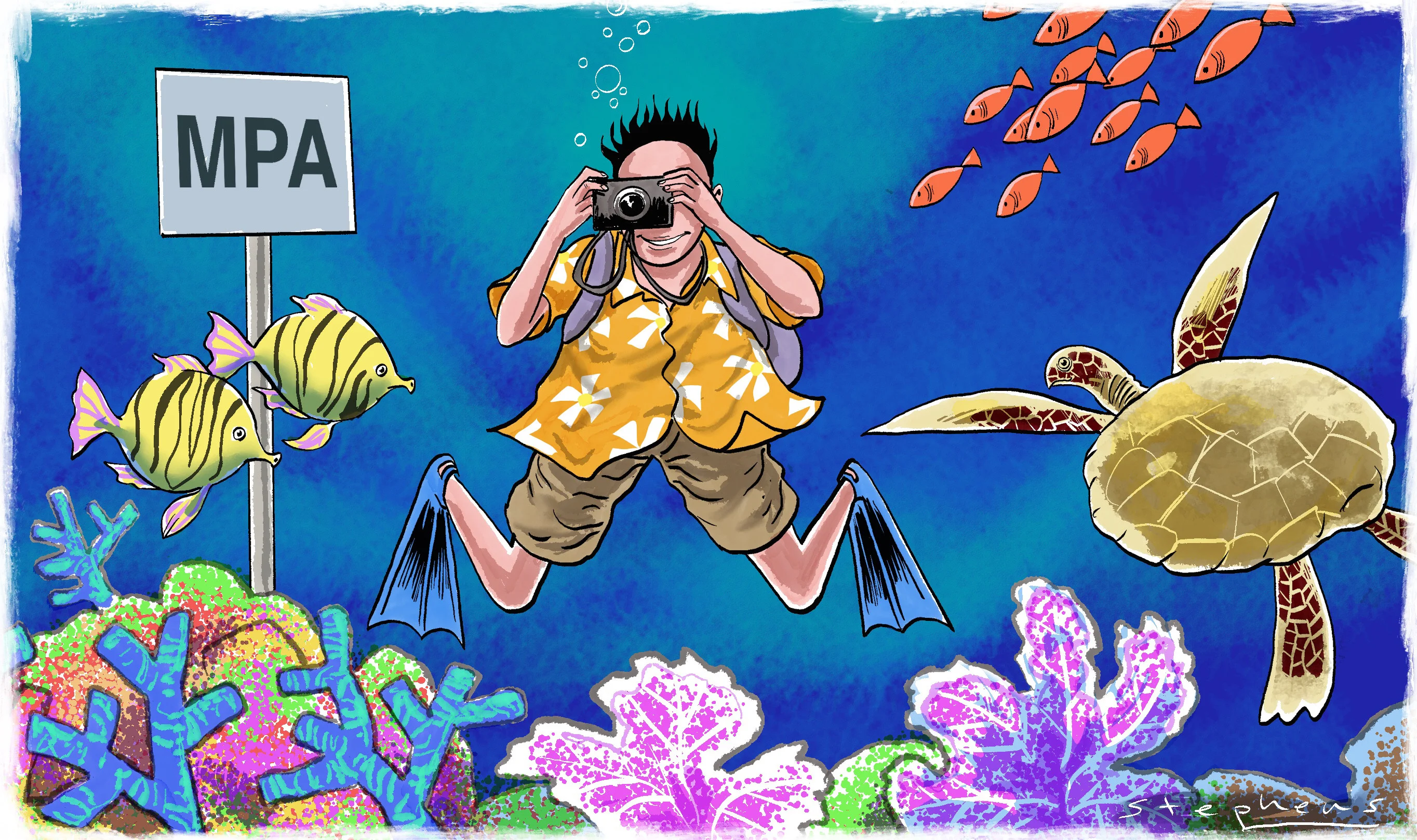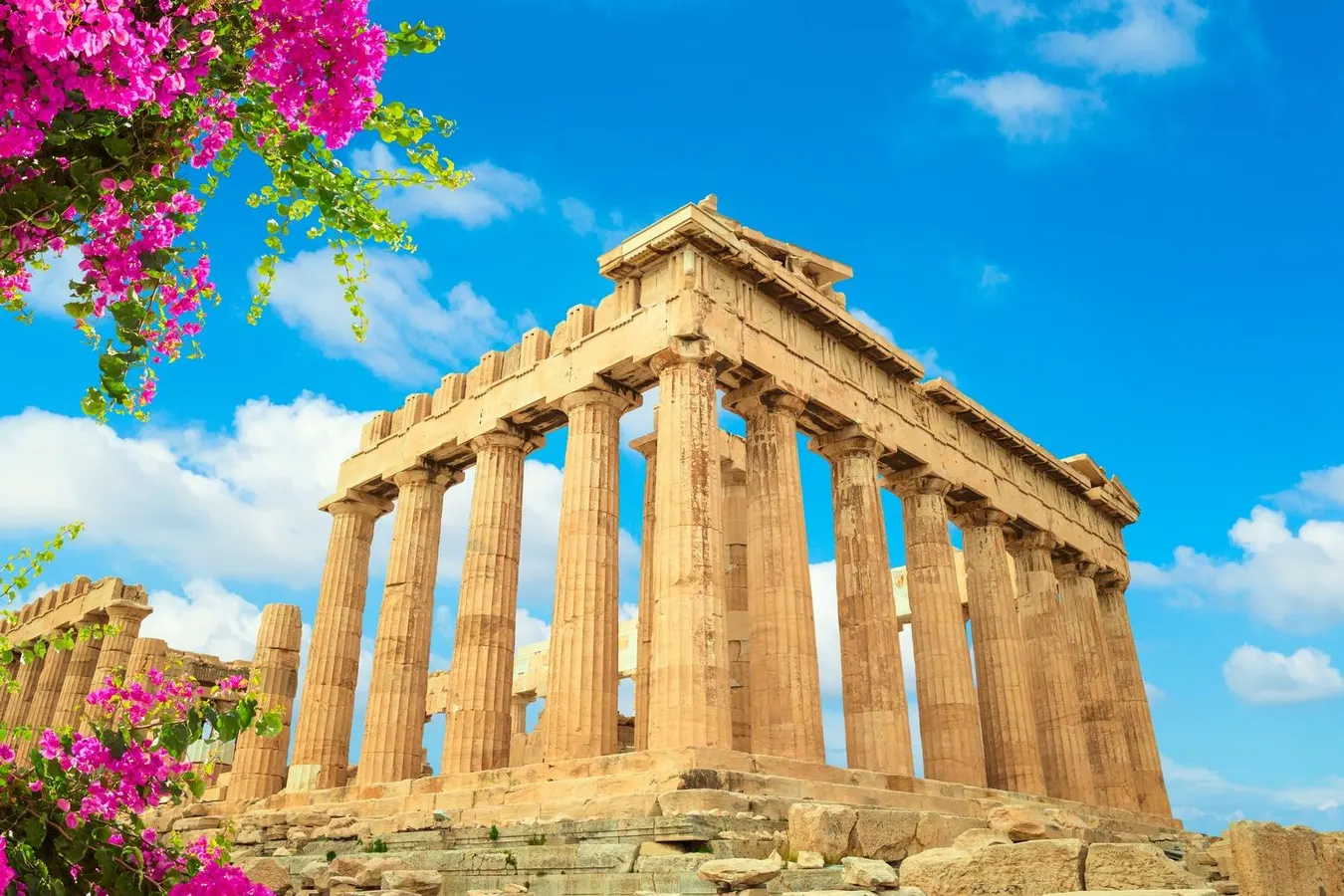Copyright scmp

The government is keen to expand ecotourism offerings, including our unique island and coastal resources, and it is not difficult to understand why. Our coastline covers an impressive array of marine ecosystems, from the estuarine mudflats of Deep Bay and the sheltered coves of Mirs Bay to the rugged and highly exposed outer islands in the south and east. These ecosystems are home to nearly 6,000 marine species, making Hong Kong one of the most biodiverse marine regions in China. Our rich marine life has benefited from a few big marine conservation wins along the way. Many people don’t realise that fish populations already seem to be recovering in our four oldest marine parks after commercial fishing was phased out, or that four marine parks have been created over the past decade for the dolphins in western waters. The Agriculture, Fisheries and Conservation Department deserves greater recognition for spearheading these initiatives, and the trawling ban. However, a lot more still needs to be done. Marine protected areas (MPAs) only cover about 6 per cent of our sea area, compared with more than 40 per cent on land. More worryingly, we estimate that around 70 per cent of marine biodiversity hotspots remain unprotected. This is why members of the Hong Kong Marine Protection Alliance (HKMPA) have been encouraging the government to expand our network of MPAs closer to the global target of 30 per cent. The HKMPA comprises 51 members from academia, NGOs, think tanks, companies and independent experts. Done right, the HKMPA sees ecotourism as a win-win opportunity to drive more funding into marine conservation, benefiting visitors and locals alike. This aligns with the Development Blueprint for Hong Kong’s Tourism Industry 2.0, which states that “Hong Kong’s precious ecological resources have enormous potential. While protecting the environment, we should also appropriately unveil these treasures to the world, so that visitors from all over the world can, on the premise of respecting nature, experience Hong Kong’s world-class natural wonders”. However, without proper planning and control, repeats of the recent unfortunate coral damage caused by visitors to Sharp Island risk becoming more widespread. For ecotourism to be developed in a way that protects and enhances nature while allowing a high-quality experience, two key things need to happen. Firstly, sustainable, nature-based tourism is a relatively new concept to Hong Kong and has many facets. Creating successful ecotourism offerings overseas has typically required a strong government role to regulate and guide ecotourism operators and to market the experiences. Hong Kong needs a tailored ecotourism policy framework, which has yet to be developed. We can adapt quickly by integrating international best practices into our planning and operational systems and by setting appropriate standards. For example, the Global Sustainable Tourism Council is the internationally recognised sustainability standard setter for both tourism destinations and their industries. It provides guidance and frameworks to assess sustainability from a holistic perspective. The government can consider conducting a destination assessment consistent with its standards in an area such as Sai Kung. The policy framework should also incentivise best practices within the tourism industry. This would include developing ecotourism credentials for licensed tour providers with local ecologists. Utilising trained local guides will not only prevent damage to sensitive areas but will also raise awareness of the importance of conservation. Numerous examples from overseas show that ecotourism can generate substantial economic and social returns far beyond those directly involved with delivering the ecotourism experience. We should therefore also be looking at innovative ways in which revenue from ecotourism can help finance conservation efforts, ensuring that we nurture the goose that lays the golden eggs. This brings us to the second point, which is that the existing network of marine protected areas (MPAs) will need to be enlarged to cover the most vulnerable and accessible biodiversity hotspots that sit outside protection. This includes Sharp Island. The stunning coral communities of this island in Port Shelter are well known to divers, and are why Sharp Island was suggested as Hong Kong’s first marine park in the 1960s. The government did propose a marine park covering Sharp Island in 2009, but this was not implemented. Management regimes have evolved since the first marine parks were designated here in the late ’90s, and in the case of Port Shelter should consist of multiple zones that allow for controlled activities including snorkelling and diving, recreational and commercial fishing areas, and restricted zones for the most fragile areas. Recent remarks by the chief executive that “the Agriculture, Fisheries and Conservation Department is conducting a comprehensive study on the possibility of including important ecological sites as marine parks” are, therefore, very welcome. This is an exciting prospect, including for the Ninepin Islands in outer Port Shelter. These rugged offshore islands represent an ecosystem type not currently protected, home to a particularly high diversity of reef fish, soft coral and birds. It is one of the most popular dive sites, but threatened by overfishing, including from lost nets and anchor damage. With appropriate protection and restoration, the Ninepins have the potential to be a world-class diving and snorkelling site in East Asia. An enlarged network of MPAs represents a major opportunity to enhance marine ecotourism opportunities and provide numerous other benefits to the people of the Greater Bay Area. In the meantime, there is a pressing need to increase education and management efforts at key sites to ensure that tourism does not result in unintended ecological damage. This can be done by encouraging science-based, community-based management models such as those found in Pak Nai and Shui Hau.



